The closure of Hoopers department store in Carlisle, and what might replace it
The recent news that Hoopers in Carlisle is to close is clearly a disappointing development for the city, but it’s also very sad for anyone – like me – who values the role that independent department stores play on our high streets.
Across the country, the big three department store chains – Debenhams, John Lewis and House of Fraser – are (for the most part) fantastic at what they do: they are the largest stores, anchors and footfall drivers of many retail centres, and are rightly courted by developers every time there’s a major new retail scheme.
The trouble is, a big-name department store in one location is much the same as one anywhere else, and there’s something appealing about coming across an independent department store where the offer and experience is more individual, quirky or surprising. However, while not the dying breed that you might think – and I’ve featured plenty of successful examples in this blog before – there’s no doubt that running an indie department store isn’t for the faint-hearted, especially in the current recession. The bigger the store, the more scope there is to fall short in your ranging or store environment, while all the time needing to offer an experience that’s distinctive from – and better than – the big chains.
Though Hoopers has only traded from Carlisle’s Castle Street since 2006, the site’s history as a department store goes back much further, to 1910, when Bulloughs was established on the site. Five years ago, amid difficult trading, the business was sold to upmarket Hoopers – who already had stores in Harrogate, Torquay, Wilmslow and Tunbridge Wells – and relaunched under its new name after a major revamp.
So, what’s gone wrong in Carlisle, given that all the other Hoopers stores are unaffected by the current closure? Though it’s easy, as Hoopers has, to blame the “economic environment”, you do have to feel some sympathy for a company that bought a loss-making store in good faith in 2006, and spent a lot of money transforming it into a very attractive shop, only to be hit a couple of years later by a downturn that no-one had foreseen. Certainly, when I first visited Hoopers in Carlisle at the end of 2010, I was really impressed by the quality and stylishness of the store environment, so at least that aspect of the customer experience can’t be blamed for the shop’s demise.
A more significant factor, I would argue, is the fact that Hoopers in Carlisle is competing head on with long-established House of Fraser and Debenhams stores in the city. There are only so many different ways to sell Estée Lauder in the first place, but in this particular battle, Hoopers also has the disadvantage of being the least familiar brand, not only for Carlisle’s shoppers but for the many visitors to the city too. This competitive situation is one that none of the other Hoopers stores have to face: though Torquay and Harrogate both have a Debenhams nearby, and Tunbridge Wells a Fenwick, none also faces competition from a House of Fraser.
In Carlisle, Hoopers’ disadvantage is exacerbated by its location. Though the Castle Street site, opposite the Cathedral, is undoubtedly a pretty spot, it’s crucially off the main pedestrian axis compared to the prominent House of Fraser in English Street and Debenhams in The Lanes shopping centre. Indeed, the first time I visited Carlisle I only stumbled across Hoopers by chance, and there must be many shoppers and visitors who either miss it or forget that it’s there.
So, assuming that Hoopers closes as intended on 23 June, what might become of its landmark premises? Intriguingly, Hoopers has said that “talks [are] underway with a number of possible future owners”, all of which are “nationally recognised stores groups”; elsewhere, the firm’s MD has suggested that two retailers are in the frame. This, clearly, offers some hope to the 83 affected staff, suggesting that the store might yet be taken over as a going concern – or, at least, reoccupied shortly after its closure.
It’s hard to imagine that one of these contenders isn’t Primark, which currently has no stores closer to Carlisle than Glasgow, Metrocentre and Preston. With Primark reportedly having a requirement for Carlisle – if only it can find a site big enough – and an apparent appetite for Primark among many local shoppers and politicians, it would be a huge surprise if Primark weren’t running its slide rule over the large Hoopers site. Moreover, given Primark’s current popularity, it would probably be a sufficient draw to make a go of Hoopers’ slightly off-centre location. So, Primark might add nothing to Carlisle’s distinctiveness as a retail centre, but it would certainly do footfall no harm.
As for the second contender, my guess is that it could be Beales, which recently revealed that it would be adding the former TJ Hughes site in Maidstone to its 32-strong department store estate. Having swallowed Anglia Regional Co-operative Society’s Westgate Department Stores business last year, Beales is clearly still in an expansionary mood, and Carlisle’s characterful centre and well-to-do demographic would seem a good fit.
Of course, Beales would face the same issue as Hoopers in competing with House of Fraser and Debenhams, but would probably have several advantages over the current occupier. With a store estate six times the size of Hoopers’, one of these would be Beales’ greater buying power. Other benefits would include Beales’ slightly less upmarket positioning – not so much in direct competition with the ‘big two’ up the road – and its existing brand awareness in Cumbria, built up through its established stores in Kendal and (over the border in Northumberland) Hexham.
Despite its increased size of late, Beales also retains more of the feel of an independent department store, with each location having quite an individual feel. So, while Beales would be unlikely to generate the footfall of a Primark, it might just succeed where Hoopers failed in providing Carlisle with a viable indie department store offer.
In summary then, while it would be easy to see Hoopers’ departure as a slight on Carlisle’s retail status, it’s clear that there are particular factors that have contributed to the store’s difficulties – including, ironically, the strength of the retail offer elsewhere in the city centre. Indeed, with relatively few empty units, plenty of character and charm, and the not-to-be-sneezed-at package of both House of Fraser and Debenhams, Carlisle city centre is still in pretty good shape on the scale of things.
Hence, though the closure of another independent department store is undoubtedly sad, the loss of Hoopers might not be all bad if – as now seems likely – it gives another, expanding retailer the chance to invest in bringing its offer to the city’s shoppers.

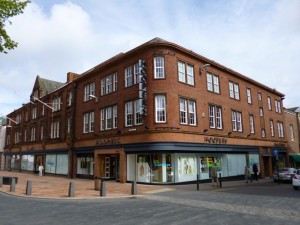
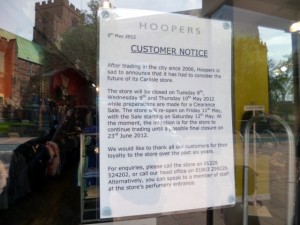
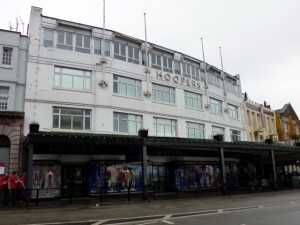
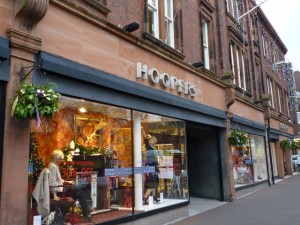
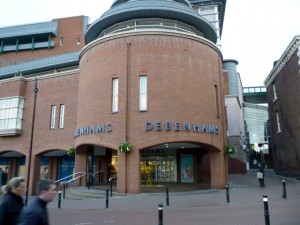
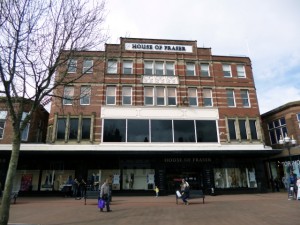
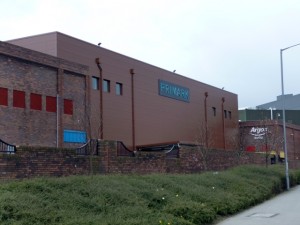
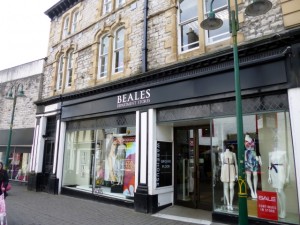
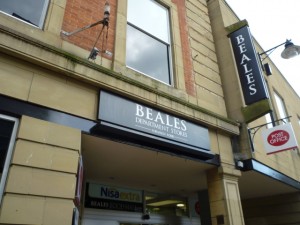
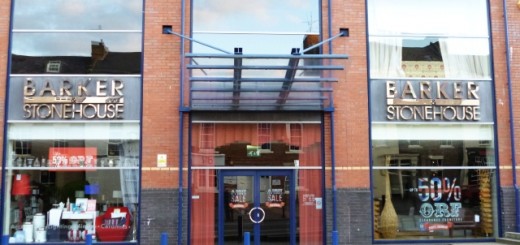

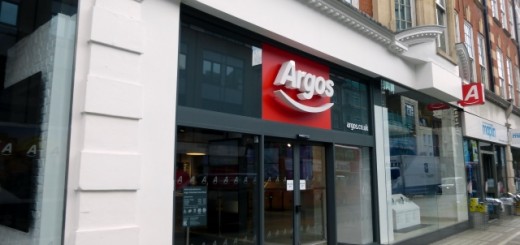
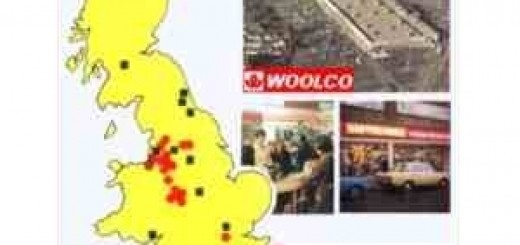


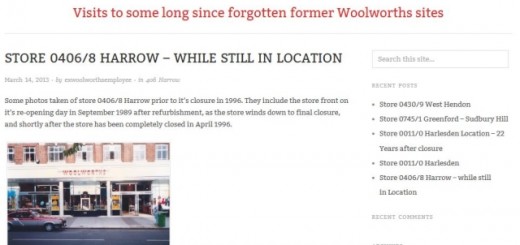
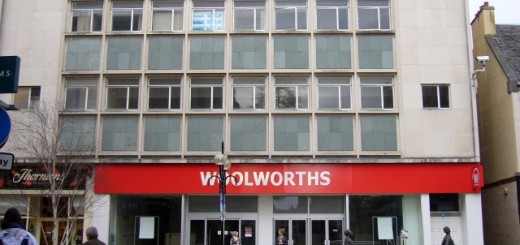
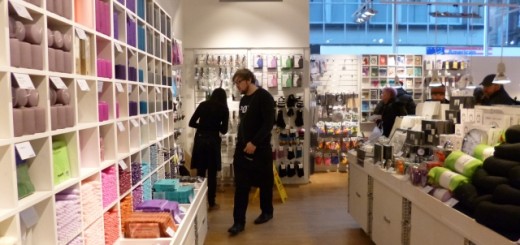
I think the problem with Hooper’s in Carlisle was that it never tapped into what locals wanted. It was way too expensive-you only had to see what didn’t sell in the nearby House of Frazer to see that Hooper’s would struggle. Carlisle has lots of farming money but nowhere near the levels of disposible income of Harrogate, where there was another Hopper’s.
I think they acted foolishly and did too little research before buying.
Every person I heard talk of the Carlisle store said it was too dear.
Bulloughs had survived over the years partly by courting the shoppers with lower priced sale bargains.Hoopers was too elite.